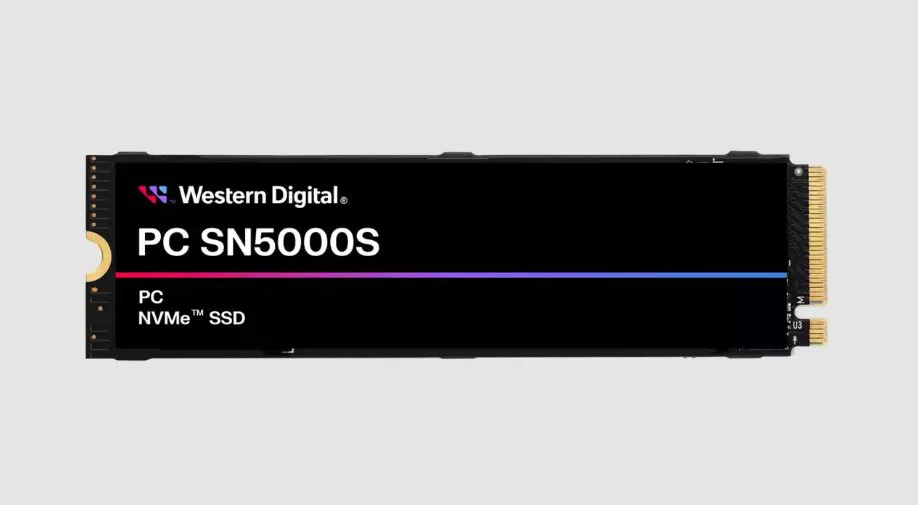Units QLC SSD and TLC use NAND flash memories which behave differently with respect to the ways in which the data are stored and retain a different number of bits at the level of each individual cell
In the case of storage devices TLC (Triple-Level Cell), each memory cell can store up to three bits of data. This means that each cell can represent eight different combinations of data (23 = 8). TLC SSDs tend to deliver better performance compared to newer QLC drives, particularly in terms of read and write speeds.
On the other hand, memory-based solid state drives QLC (Quad-Level Cell) are capable of storing up to four bits of data in each memory cell: in this case there are 16 different data combinations (24 = 16) manageable.
Many voltage values to manage, the Achilles heel of QLC units
QLC SSDs tend to be cheaper than TLC drives; furthermore, they allow you to increase the density some data. The downside is that QLC units, at least on paper, are less long-lasting and ensure an overall lower number of write cycles than TLC SSDs.
The one SLC (Single-Level Cell) use a single voltage to represent two states: “1” and “0”. Units MLC (Multi-Level Cell) use different voltage levels to store more than one bit per cell. TLC cells use even more voltage levels, allowing them to store three bits per cell. This requires greater precision in detecting the different voltage levels to correctly determine the state of the bits.
With QLC cells, the concept of multi-bit storage is taken to the extreme, allowing the storage of four bits per cell. This approach, obviously, leads to a further reduction of voltage differences between the different levels, making it more difficult to read the data precisely. As time passes, voltage values tend to become no longer so immediate to recover or “fix” accurately.
As we already pointed out in 2019, however, apart from some initially less than successful products, QLC SSDs are fast and reliable.
| SN5000S | SN740 | |
| Memoria flash NAND | 96-layer QLC | 112 layer TLC |
| Capacity | 512GB, 1TB, 2TB | 512GB, 1TB, 2TB |
| Read Performance (2TB Model) | 6.000 MB/s | 5.150 MB/s |
| Write Performance (2TB Model) | 5.600 MB/s | 4.850 MB/s |
| Duration (write operations) | 600 TBW | 500 TBW |
| Peak power | 6,9 W | 6,3 W |
Western Digital’s latest QLC SSD beats the best TLC drive on performance too
Solid-state storage devices like QLC SSDs usually don’t shine when it comes to either performance. Western Digital however tends to highlight how its recent drive SN5000Salthough it uses QLC NAND flash, is 16.5% faster at reads and 15.5% faster at writes than the TLC flash-based SN740.
Available in both M.2 2280 and smaller M.2 2230 formats, the SN5000S guarantees up to a maximum of 2 Terabytes of storage space. It effectively replaces the SN740 (TLC) series, which was offered with the same capabilities and form factors.
Western Digital also states that in terms of Writable terabytes before failure, 2TB SN5000S outperforms SN740: 600 TBW vs. 500 TBW (Terabytes written). We talk about it in the article on the lifespan of SSD drives.
Although QLC has four bits available to fill, an SSD doesn’t necessarily have to fill all those bits when writing data. These solid state drives can perform much better, while being more durable over time, by using a cache SLC or in any case designating a part of the cells as “pseudo-SLC”.

